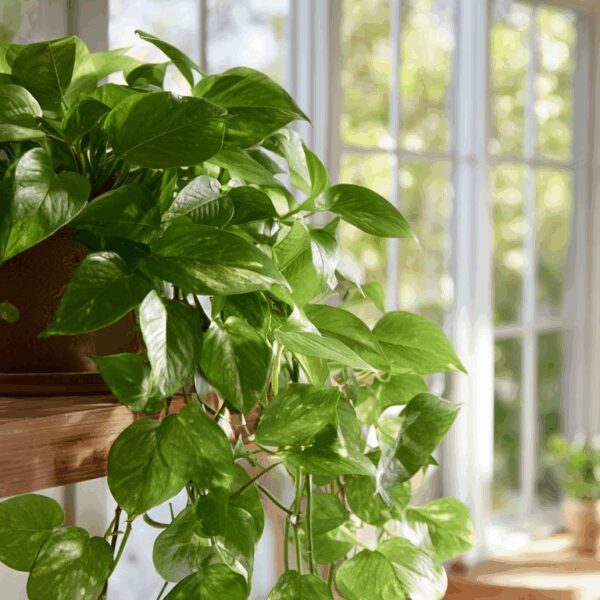As urban spaces continue to expand, finding sustainable solutions for greener environments becomes increasingly important.
Vertical gardening offers a game-changing approach that merges urban living with eco-friendly practices. Imagine lush green walls and vibrant pockets of nature transforming concrete jungles into thriving ecosystems.
With sustainable vertical gardening, we can bring nature back into our cities, promoting biodiversity and improving air quality.
Improved air quality
Vertical gardening is an eco-friendly solution to improve air quality in urban spaces.
This innovative method of gardening involves growing plants vertically on walls or other structures, helping to reduce air pollution and creating a healthier environment.
The rise of vertical gardening: Maximizing space and aesthetics
The green walls created by vertical gardening help absorb carbon dioxide and release oxygen into the air, providing a cleaner atmosphere for city dwellers.

Mitigating the heat island effect
Vertical gardening is an effective way of mitigating the heat island effect in urban areas. This effect is caused when the surface of a city absorbs and retains heat from sources such as pavement and buildings.
The vegetation present on vertical gardens helps to reduce the temperatures by providing shade and cooling the air through transpiration.
These gardens also improve air quality, reduce noise pollution, and provide habitats for birds and other wildlife.
Vertical gardening and biodiversity promotion
Vertical gardening is a great way to promote biodiversity in urban spaces. It is an effective and efficient way of greening urban spaces by planting upward, rather than outward.
By creating vertical gardens, you can create more habitats for birds, insects and other wildlife, which will help promote the health of the local ecosystem.
Plus, vertical gardens require less maintenance than traditional gardens and are a great way to add visual interest to your outdoor space.
Harnessing rainwater
Rainwater harvesting is an effective way to conserve water and repurpose it for use in the garden. It’s an environmentally friendly option that helps to reduce runoff and maintain healthy soil.
With vertical gardening, this sustainable solution can be a great way to reduce water usage and ensure greener urban spaces.
Rain barrels can be set up to capture rainwater from downspouts and other sources, then the water can be used for watering plants.
This not only conserves water but also reduces the need for costly fertilizers.
Upcycling and recycled materials
The practice of upcycling and using recycled materials is an excellent way to make an eco-friendly vertical garden.
Not only is it a great way to reduce both waste and your carbon footprint, but these materials can also add unique and interesting textures to your garden.
Upcycling materials like old wooden pallets, fence panels or plastic containers can be used to create a creative, sustainable solution for greener urban spaces.
Did you find this article interesting? We hope you enjoyed it! If so, please share it with your friends and family by email or on social networks.







